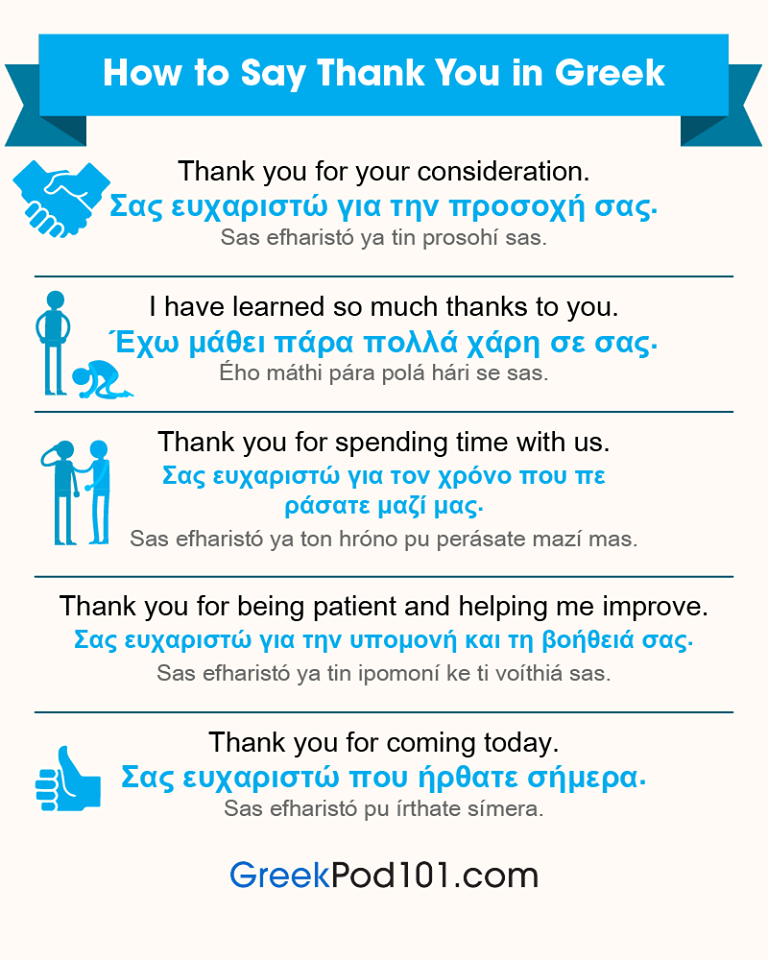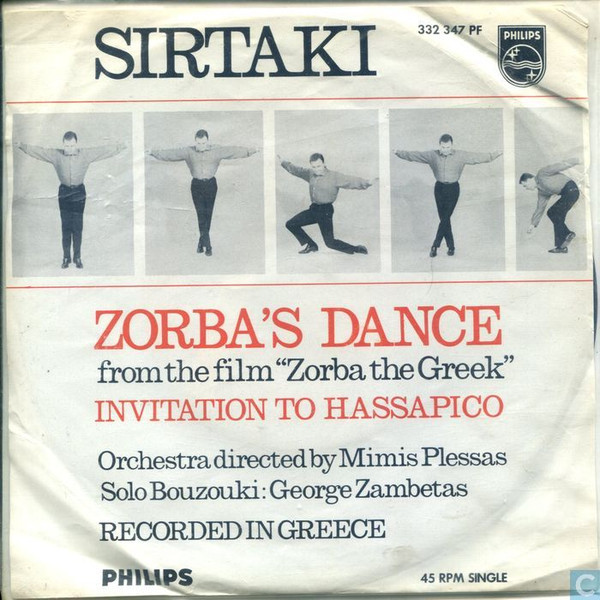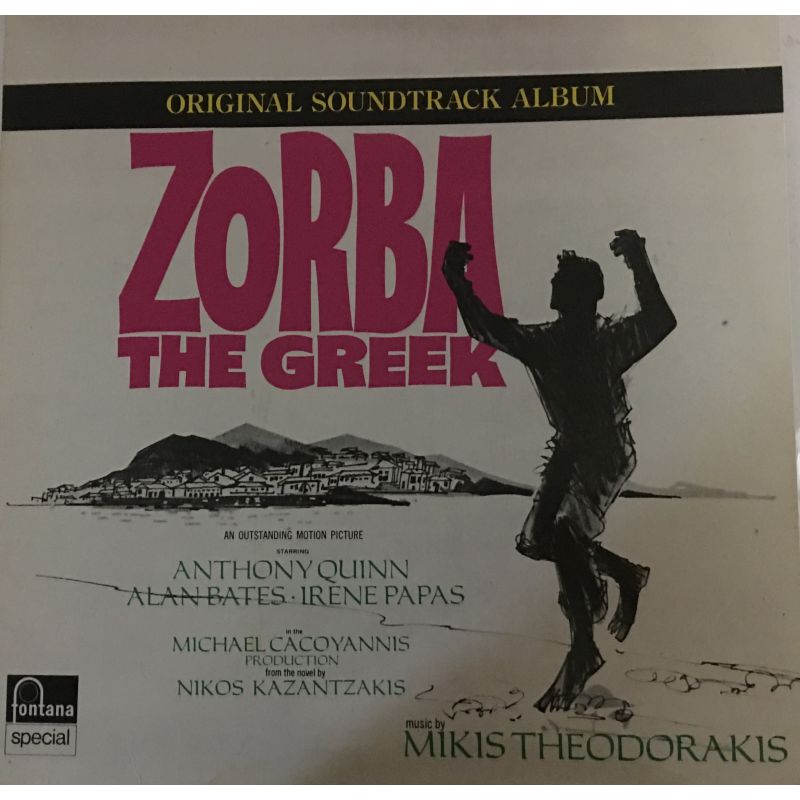How to learn zorba the greek dance
404 - PAGE NOT FOUND
Why am I seeing this page?
404 means the file is not found. If you have already uploaded the file then the name may be misspelled or it is in a different folder.
Other Possible CausesYou may get a 404 error for images because you have Hot Link Protection turned on and the domain is not on the list of authorized domains.
If you go to your temporary url (http://ip/~username/) and get this error, there maybe a problem with the rule set stored in an .htaccess file. You can try renaming that file to .htaccess-backup and refreshing the site to see if that resolves the issue.
It is also possible that you have inadvertently deleted your document root or the your account may need to be recreated. Either way, please contact your web host immediately.
Are you using WordPress? See the Section on 404 errors after clicking a link in WordPress.
How to find the correct spelling and folder
Missing or Broken FilesWhen you get a 404 error be sure to check the URL that you are attempting to use in your browser. This tells the server what resource it should attempt to request.
http://example.com/example/Example/help.html
In this example the file must be in public_html/example/Example/
Notice that the CaSe is important in this example. On platforms that enforce case-sensitivity example and Example are not the same locations.
For addon domains, the file must be in public_html/addondomain.com/example/Example/ and the names are case-sensitive.
Broken ImageWhen you have a missing image on your site you may see a box on your page with with a red X where the image is missing. Right click on the X and choose Properties. The properties will tell you the path and file name that cannot be found.
This varies by browser, if you do not see a box on your page with a red X try right clicking on the page, then select View Page Info, and goto the Media Tab.
http://example.com/cgi-sys/images/banner.PNG
In this example the image file must be in public_html/cgi-sys/images/
Notice that the CaSe is important in this example. On platforms that enforce case-sensitivity PNG and png are not the same locations.
404 Errors After Clicking WordPress Links
When working with WordPress, 404 Page Not Found errors can often occur when a new theme has been activated or when the rewrite rules in the .htaccess file have been altered.
When you encounter a 404 error in WordPress, you have two options for correcting it.
Option 1: Correct the Permalinks- Log in to WordPress.
- From the left-hand navigation menu in WordPress, click Settings > Permalinks (Note the current setting. If you are using a custom structure, copy or save the custom structure somewhere.)
- Select Default.
 index.php$ - [L]
index.php$ - [L]
RewriteCond %{REQUEST_FILENAME} !-f
RewriteCond %{REQUEST_FILENAME} !-d
RewriteRule . /index.php [L]
</IfModule>
# End WordPressIf your blog is showing the wrong domain name in links, redirecting to another site, or is missing images and style, these are all usually related to the same problem: you have the wrong domain name configured in your WordPress blog.
How to modify your .htaccess file
The .htaccess file contains directives (instructions) that tell the server how to behave in certain scenarios and directly affect how your website functions.
Redirects and rewriting URLs are two very common directives found in a .htaccess file, and many scripts such as WordPress, Drupal, Joomla and Magento add directives to the .htaccess so those scripts can function.
It is possible that you may need to edit the .htaccess file at some point, for various reasons.This section covers how to edit the file in cPanel, but not what may need to be changed.
There are Many Ways to Edit a .htaccess File (You may need to consult other articles and resources for that information.)
(You may need to consult other articles and resources for that information.)- Edit the file on your computer and upload it to the server via FTP
- Use an FTP program's Edit Mode
- Use SSH and a text editor
- Use the File Manager in cPanel
The easiest way to edit a .htaccess file for most people is through the File Manager in cPanel.
How to Edit .htaccess files in cPanel's File ManagerBefore you do anything, it is suggested that you backup your website so that you can revert back to a previous version if something goes wrong.
Open the File Manager- Log into cPanel.
- In the Files section, click on the File Manager icon.
- Check the box for Document Root for and select the domain name you wish to access from the drop-down menu.
- Make sure Show Hidden Files (dotfiles)" is checked.

- Click Go. The File Manager will open in a new tab or window.
- Look for the .htaccess file in the list of files. You may need to scroll to find it.
- Right click on the .htaccess file and click Code Edit from the menu. Alternatively, you can click on the icon for the .htaccess file and then click on the Code Editor icon at the top of the page.
- A dialogue box may appear asking you about encoding. Just click Edit to continue. The editor will open in a new window.
- Edit the file as needed.
- Click Save Changes in the upper right hand corner when done. The changes will be saved.
- Test your website to make sure your changes were successfully saved. If not, correct the error or revert back to the previous version until your site works again.

- Once complete, you can click Close to close the File Manager window.
Syrtaki (2*), Zorba’s dance – seuGreek – Folkdance Footnotes
*2nd Generation dance. A dance that developed and was disseminated in a non-traditional way. 2G dances are specific – have a fixed format designed to correspond with the arrangement of a particular recording., whereas 1G dances are generic – have a shorter sequence that works with live music – where many different songs are played and arrangements vary according to the tastes of musicians and dancers. For more on the differences between 1st & 2nd G dances click here.
Syrtaki is a media invention. When Anthony Quinn taught Alan Bates to dance in Zorba the Greek, he was performing a combination Vari Hasapiko and fast Hasapiko, choreographed by Giorgios Provias, to match the musical score written by Mikis Theodorakis.
 Starting slow and building up to a frenetic climax, it was a triumphant way to end a movie. Quinn had learned a more difficult dance, but sprained his ankle before shooting, so the final product is hardly a Greek dance at all.
Starting slow and building up to a frenetic climax, it was a triumphant way to end a movie. Quinn had learned a more difficult dance, but sprained his ankle before shooting, so the final product is hardly a Greek dance at all.When non-Greeks saw it, they thought it was a real Greek dance and soon tourists were demanding to be taught ‘Zorba’s Dance’. Since no such dance existed, everyone was free to do anything vaguely Greek that started slow and ended fast. Google ‘Zorba’ and ‘dance’ and look at the variations.
Someone started calling the dance Syrtaki, which means “little syrto” – a catchy name, even though the dance has nothing to do with a traditional Greek Syrto. It did however give the impression that Syrtaki was a real Greek dance, not just something from a movie.

If you want to dance a Syrtaki there are many printed dance notes you can learn. A better use of energy would be to learn Vari Hasapiko, Hassaposerviko, and fast Hasapiko. Then, instead of trying to perform someone else’s choreography, do what Zorba would do and dance as the spirit moves you!
Start slow, doing variations on Vari Hasapiko, including the basic step if you can. Sometimes the music gradually increases to a tempo suitable for Hassaposerviko. Sometimes it jumps abruptly to fast Hasapiko speed. Sometimes it even slows and speeds several times. Have fun with it. More than any other dance, with Syrtaki there is no right way or wrong way.
Like this:
Like Loading...
Greek Dance: The Joy of Movement - Greece Today
Added: August 20, 2013 20:31
Dance is one of the oldest means of self-expression: in Greece, its origins go back to 1000 BC. e. Dance owes its origin to the need to express those feelings that cannot be expressed in words. It is inextricably linked with all aspects of human life: holidays, love, work, and even death. Dance is the voice of the soul, expressed by the movements of the body; it helps us express our personality, stimulates creativity and liberates.
Dance is not just a game, it is a ritual, which is one of the most vital aspects of the cultural wealth of any nation, a source of inspiration and creativity.
 Traditional dances are closely intertwined with the manners and customs of the Greeks. Folk Greek dances are exceptionally varied. They are divided into different categories depending on the purpose (love, military and religious), on gender (male, female and mixed), on the region (folk, local, island). In addition, dances are divided into fast, consisting of bouncing, and slow, with calm smooth movements.
Traditional dances are closely intertwined with the manners and customs of the Greeks. Folk Greek dances are exceptionally varied. They are divided into different categories depending on the purpose (love, military and religious), on gender (male, female and mixed), on the region (folk, local, island). In addition, dances are divided into fast, consisting of bouncing, and slow, with calm smooth movements. For more than 7 years, the Greek Cultural Center (GCC) has been successfully operating the School of Greek Dance, where everyone is given a unique opportunity to get acquainted with the rich musical and dance traditions of Greece and learn how to dance the most popular national dances from different regions of the country. The repertoire of the GCC Dance Company includes more than fifty (50) dances from mainland and island Greece.
The purpose of the School is teaching based on the philosophy of movement, developing creativity and allowing a deeper understanding of the history of Greek dance.
 Fast, high-quality and effective training takes place in a warm and friendly environment and is designed for people of all ages. In addition to introducing students to Greek traditions, dance lessons aim to develop psychomotor abilities, aesthetic education and improve social communication skills. Dancing helps to reduce stress, develop a sense of rhythm, tone the muscular system, give movements plasticity and grace, and increase physical endurance.
Fast, high-quality and effective training takes place in a warm and friendly environment and is designed for people of all ages. In addition to introducing students to Greek traditions, dance lessons aim to develop psychomotor abilities, aesthetic education and improve social communication skills. Dancing helps to reduce stress, develop a sense of rhythm, tone the muscular system, give movements plasticity and grace, and increase physical endurance. The ancient Greeks believed that dance is a gift from the gods to man, which makes it possible to forget all sorrows and make life more beautiful, filling it with joy and fun. This delightful art was revered by the ancient peoples throughout Hellas. And today, the art of dance, which has not lost its value, remains loved by many people. Dance ennobles our life and takes us to a beautiful mythical world, we just have to approach it with respect and love.
A few words about the most popular Greek dances.
Zeybekiko is a dance whose name comes from the Zeybeks, a people who inhabited Thrace.
 These people kept their customs and wore national costumes, emphasizing the purpose of severe military dances. The peculiarity of zeibekiko is that this dance is performed by one person; there are no steps in it, and its main figures are turns and squats. The dance is mostly performed by men, and it expresses melancholy and sadness.
These people kept their customs and wore national costumes, emphasizing the purpose of severe military dances. The peculiarity of zeibekiko is that this dance is performed by one person; there are no steps in it, and its main figures are turns and squats. The dance is mostly performed by men, and it expresses melancholy and sadness. It is customary to dance Hasapiko standing in one line and placing hands on the shoulders of neighbors. In this case, the steps alternate with figures. This dance served as the basis for the creation of the famous Greek dance sirtaki. According to one version, the history of the hasapiko dates back to the Byzantine period, when this military dance depicted a sword fight; according to another version, the dance owes its appearance to Greek butchers from Constantinople.
Kalamatianos is a folk dance belonging to the category of sirtos dances. It consists of 12 basic steps: the first seven are forward, and the remaining five are in place. This popular dance originated in the Peloponnese.
 Thanks to its pleasant rhythm and relatively simple steps, it is danced with pleasure by men and women throughout Greece.
Thanks to its pleasant rhythm and relatively simple steps, it is danced with pleasure by men and women throughout Greece. Pontic dances are group dances performed by men and women standing in a circle and holding each other's wrists. At the same time, the hands of the dancers either rise high, or, bending at the elbows, fall. Pontic dances are accompanied by the traditional musical instrument kemendzes (Pontic lira), and the musician playing it usually stands in the center of the round dance.
Sirtaki – this world famous Greek dance is a combination of sirtos and pidictos dances. It was created specifically for the movie Zorba the Greek. The music for this popular dance was written by the great Greek composer Mikis Theodorakis. The main distinguishing feature of sirtaki is the acceleration of the rhythm: the dance begins with unhurried movements, which gradually become faster and more energetic.
Author of the article: Nina Teslenko
Sirtaki dance and music - in Greek!
Author: admin | 07/19/2011
Greek dance, photo: users.
 sch.gr
sch.gr I think everyone knows this wonderful, catchy Greek melody Sirtaki (Συρτάκι).
If you want to cheer yourself up and cheer up - listen to it again!
You can also watch how sirtaki dance and try to repeat the movements of this Greek dance.
It's hard to sit still, isn't it? I want to jump right in!
The music that you hear online and to which Sirtaki is often danced is not Greek folk, it was written by the famous Greek composer Mikis Theodorakis for the film Zorba the Greek (Ζορμπάς ο Έλληνας - in Greek and Zorba the Greek - in English).
And this film was shot in 1964 based on the novel of the same name by the famous Greek writer Nikos Kazantzakis, starring Anthony Quinn.

Enjoy!
Sheet music and chords for Sirtaki
If you want to play this beautiful melody on the guitar yourself and you need Sirtaki chords for guitar and electric guitar - see the link, everything is in English, but I hope the musicians will figure it out themselves. There is a section there (in the lower right corner of the table there is a button - How to Read Guitar Tab, click and read the instructions for use).
Another site with scores, I found the scores typed by Boris Belyakov (what a great guy!). This is for button accordion and accordion.
Musical score of Sirtaki, fig. 1
Notes for Sirtaki, fig. 2
To see a large picture, click on the photo and it will open on a separate page.
***
And if you want to watch Sirtaki dancing, here are other videos:
And here is how sirtaki dance to other Greek music on the feast of St. Panteleimon in the village of Kefalari. The quality of the recording is not very good, but these beautiful movements of the hips of the girl (second from the left) must be seen and tried to be repeated:
they themselves learn and show you how to dance sirtaki.
